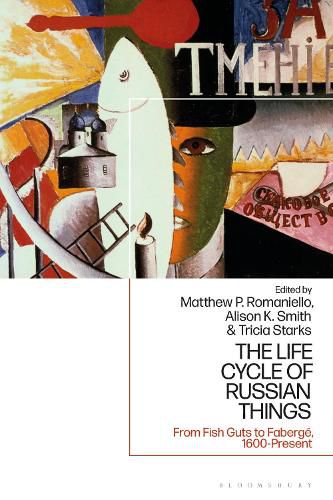Readings Newsletter
Become a Readings Member to make your shopping experience even easier.
Sign in or sign up for free!
You’re not far away from qualifying for FREE standard shipping within Australia
You’ve qualified for FREE standard shipping within Australia
The cart is loading…






The Life Cycle of Russian Things re-orients commodity studies using interdisciplinary and comparative methods to foreground unique Russian and Soviet materials as varied as apothecary wares, isinglass, limestone and tanks. It also transforms modernist and Western interpretations of the material by emphasizing the commonalities of the Russian experience.
Expert contributors from across the United States, Canada, Britain, and Germany come together to situate Russian material culture studies at an interdisciplinary crossroads. Drawing upon theory from anthropology, history, and literary and museum studies, the volume presents a complex narrative, not only in terms of material consumption but also in terms of production and the secondary life of inheritance, preservation, or even destruction. In doing so, the book reconceptualises material culture as a lived experience of sensory interaction. The Life Cycle of Russian Things sheds new light on economic history and consumption studies by reflecting the diversity of Russia’s experiences over the last 400 years.
$9.00 standard shipping within Australia
FREE standard shipping within Australia for orders over $100.00
Express & International shipping calculated at checkout
The Life Cycle of Russian Things re-orients commodity studies using interdisciplinary and comparative methods to foreground unique Russian and Soviet materials as varied as apothecary wares, isinglass, limestone and tanks. It also transforms modernist and Western interpretations of the material by emphasizing the commonalities of the Russian experience.
Expert contributors from across the United States, Canada, Britain, and Germany come together to situate Russian material culture studies at an interdisciplinary crossroads. Drawing upon theory from anthropology, history, and literary and museum studies, the volume presents a complex narrative, not only in terms of material consumption but also in terms of production and the secondary life of inheritance, preservation, or even destruction. In doing so, the book reconceptualises material culture as a lived experience of sensory interaction. The Life Cycle of Russian Things sheds new light on economic history and consumption studies by reflecting the diversity of Russia’s experiences over the last 400 years.